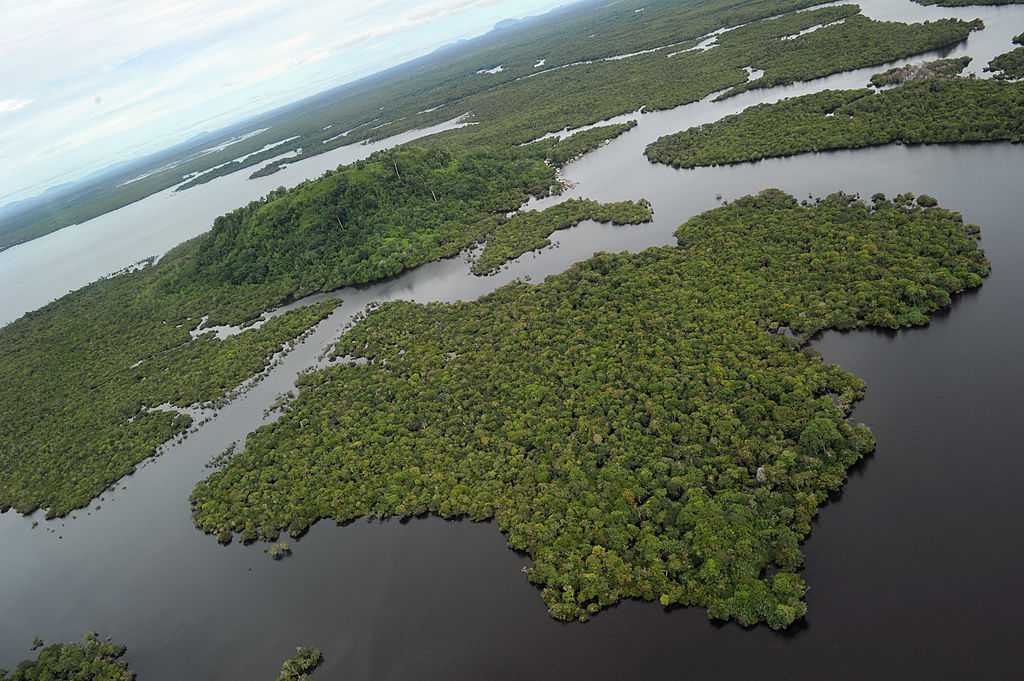Two uninhabited islands in South Sumatra have vanished, and four are on the brink, thanks to rising sea levels.

The Indonesian Forum for the Environment (Walhi) says Betet Island and Gundul Island are now completely submerged because of climate change and are sitting one and three metres below sea level, respectively.
“These islands were uninhabited. One of the islands, Betet, is a part of Berbak-Sembilang National Park,” Walhi South Sumatra executive director Hairul Sobri said in a statement on Jan. 14.
Head of Berbak-Sembilang National Park Area II, Affan Absori, confirmed that after years of sinking, Betet is officially underwater.
READ MORE: Packed footbridge breaks over Indonesian river, killing 7 people
“It has sunk because the sea level has risen and because of the tsunami. But there is no significant disruption for the animals,” Affan said in a Jan. 15 statement.
The other four comprise Burung Island and currently sit at sea level, dangerously close to being swallowed by the ocean, Sobri added.
Walhi states that there are currently 23 small islands off the eastern coast of South Sumatra’s Banyuasin, some of which are inhabited by many people.
In 2015, five tiny Pacific islands disappeared, according to research published in the May issue of the online journal Environmental Research Letters. The islands were part of the Solomon Islands, which have been experiencing rising sea levels over the past 20 years.

No humans were living on these islands, but that wasn’t the case for six others that washed into the sea. One was Nuatambu island, which housed 25 families. Many were forced to relocate and 11 homes were destroyed, leaving only half the island habitable, The Guardian reported at the time.
Indonesian scientists at a Bali conference in 2007 claimed that the Indonesian capital’s airport would be flooded with water by 2035.

Get daily National news
That year, tides burst through sea walls, cutting off a key road to Jakarta’s international airport until officials were able to reinforce coastal barricades, Reuters reported.
By 2080, they predict the tide will hit the steps of Jakarta’s Dutch-era presidential palace, the publication said.
“Tens of millions of people would have to move out of their homes. There is no way this will happen without conflict,” Environment Minister Rachmat Witoelar said in 2007.
“The cost would be very high. Imagine, it’s not just about building better infrastructure, but we’d have to relocate people and change the way people live,” Witoelar said, adding that Indonesia could lose 2,000 of its islands by 2030 if sea levels continue to rise.
Climate change is the cause for rising sea levels, the Straits Times says, and threatens most of the millions of people living in low-lying coastal areas.
—With files from Reuters




Comments